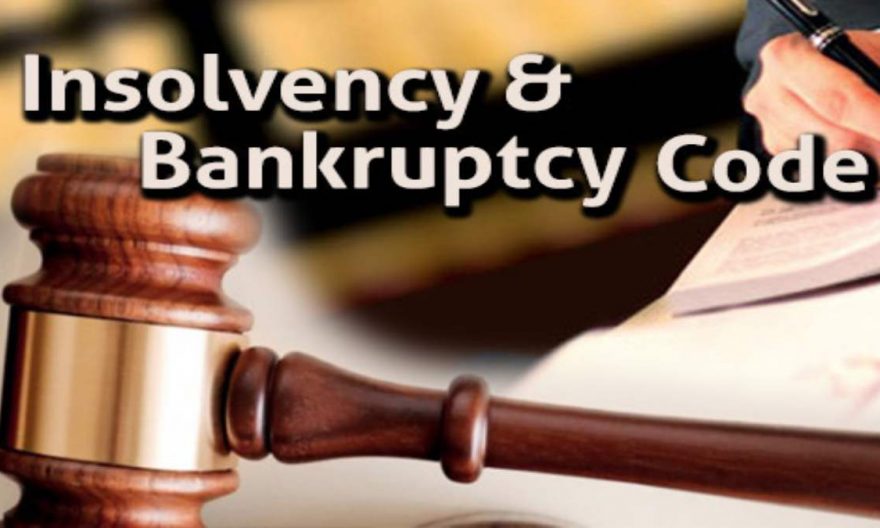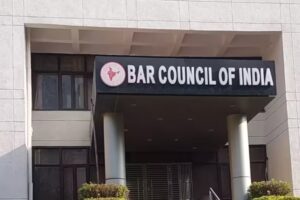
The Insolvency and Bankruptcy Code 2016 (‘IBC’)overhauled the erstwhile insolvency regime with a focus onthe resolution of insolvency via re-organisation as opposed to liquidation. It aims to fairly balance the interests of creditors and the company undergoing Corporate Resolution Insolvency Process (CIRP).
Prior to the insertion of Section 29A via the IBC (Amendment) Act 2018, there was no qualification for being a resolution applicant. This allowed backdoor entry ofdefaulting promoters to regain control over the company at significant haircuts, at times with deliberate and mala fideintention, thereby frustrating the said purpose of the IBC. The Insolvency Law Committee, under the chairmanship of Mr. Injeti Srinivas, painstakingly delved into lacunae of IBC and its 2018 Report recommended adequate reforms, including on the eligibility to submit a resolution plan. Albeit the insertion of Section 29A cured a few lacunae, it hurled new challenges concomitantly, owing to its wide ambit of interpretation. Its jurisprudence is thus still evolving. Before proceeding further, let’s have a glance at Section 29A.
BAR UNDER SECTION 29A OF IBC
Operating upon the four layers of ineligibility, being himself, persons acting in concert, connected persons and related parties, Section 29A renders the following persons ineligibleto be a resolution applicant:
a) undischarged insolvent
b) wilful defaulters
c) persons (except non-related financial entity) whose account, or that of a corporate debtor under management or control of such person, is classified as a non-performing asset (NPA) for one year or more unless he discharges all the dues along with interest and consequent charges, at the time of the submission of the resolution plan.
d) convicts of any offence punishable with imprisonment for two (or seven as the case may be) years or more, unless two years have passed from the date of his release.
e) disqualified to be a director
f) prohibited by SEBI from trading in or accessing the securities markets.
g) promoters, management or guarantors of the corporate debtor, or connected therewith, against which an order has been made by the Adjudicating Authority for entering into a preferential, undervalued, fraudulent, or extortionate credit transaction.
h) guarantors of such corporate debtor where the underlying guarantee invoked by creditor(s) remains unpaid to any extent.
i) disqualified by any law of other countries for any of the clauses (a) to (h).
j) connected with ineligible persons as under clauses (a) to (i).
The layers of ineligibility of being a resolution applicant are further elucidated in the explanations attached to the Section, rendering its diverse interpretations inevitable.
THE CRUSADE OF SECTION 29A IN THE COURTS OF LAW
The flexible interpretation of clause (c) of Section 29A
In Chitra Sharma v. UOI and ArcelorMittal India (P) Ltd. v. Satish Kumar Gupta (“ArcelorMittal”), the Supreme Court interpreted Section 29A as a provision to ensure that thepersons responsible for distress and downfall of the companydo not participate in the CIRP, thereby upholding the public interest and facilitating effective corporate governance.
To not bar genuine resolution applicants from onboarding theprocess, it was flexibly interpreted in RBL Bank Limited v. MBL Infrastructures Limited and Sreeram E. Techno School Pvt. Ltd. v. Beans and More Hospitality Pvt. Ltd. to concludethat Section 29A does not squarely bar all the promoters and directors from filing a resolution plan rather it only prohibitssuch persons “who on account of their antecedents may adversely impact the credibility of process under the IBC.” Accordingly, promoters or directors are not barred by section 29A if they meet all the three conditions viz. –
(i) not met with the disqualifications mentioned in Section 29A;
(ii) their resolution plan is pursuant to Section 30; and
(iii) a majority of creditors agrees with the plan sosubmitted.
Retrospective effect and the Constitutional Validity of Section 29A
As articulated in “nova constitutio futuris formam imponere debet non praeteritis” expressing that “a new law ought to regulate what is to follow, not the past”, unless a statute either explicitly or impliedly provides for its retrospective effect, a presumption of its prospective application is followed. However, to curtail the mischief, the legislature has consciously given a retrospective effect to Section 29A in explicit terms w.e.f. 23.11.2017.
On the question of the stage at which the retrospective operation comes into effect, the Supreme Court in theArcelorMittalcase clarified that it is at the stage of the submission of the resolution plan when ineligibility is attached to the person. The person eligible on the commencement date would not make him eligible on the date of submission of the plan.
In Swiss Ribbons (P) Ltd. v. UOI, the Apex Court dealt with its constitutional validity, with a particular focus on clause (c). Relying on its judgments in Chitra Sharma v. UOI and ArcelorMittal, it upheld the validity of Section 29A with retrospective effect while affirming with the raison d’être for the IBC (Second Amendment) Act, 2018.
Lately, in Arun Kumar Jagatramka v. Jindal Steel and Power Ltd., the Apex Court again upheld the Section 29A(c) by stating that the purpose of introducing ineligibility is to achieve a sustainable revival and to ensure that a person who is the cause of the problem either by a design or a default does not become a part of the process of solution.
Thus, Section 29A is not only constitutionally valid but alsoinstrumental in achieving the objectives of the Code in its true spirit.
CONCLUSION
The IBC has undergone momentous changes since its inception to provide expedite solutions and has marked the advent of pre-packaged, cross border insolvency resolution procedures and so on. Section 29A might have opened up pandora’s box; however, neither any law can be an infallible one nor the niche of insolvency resolution is a child’s play. In this light, the interplay of nascent disputes, diverse interpretations and thus the inexorable judicial interventions might hinder the goals of time-bound insolvency settlements.Consequently, a paradigm shift in the evolving insolvency jurisprudence is bound to happen.
The post Section 29A of the IBC 2016 and its jurisprudence appeared first on The Daily Guardian.




